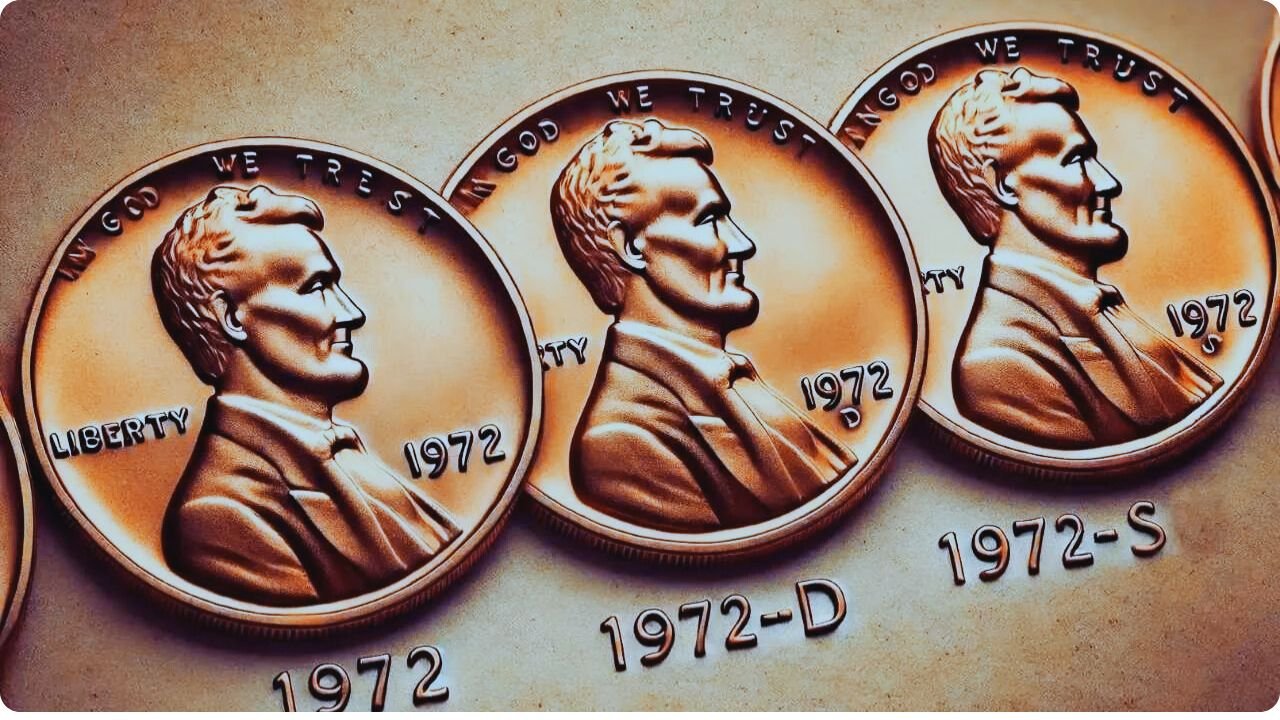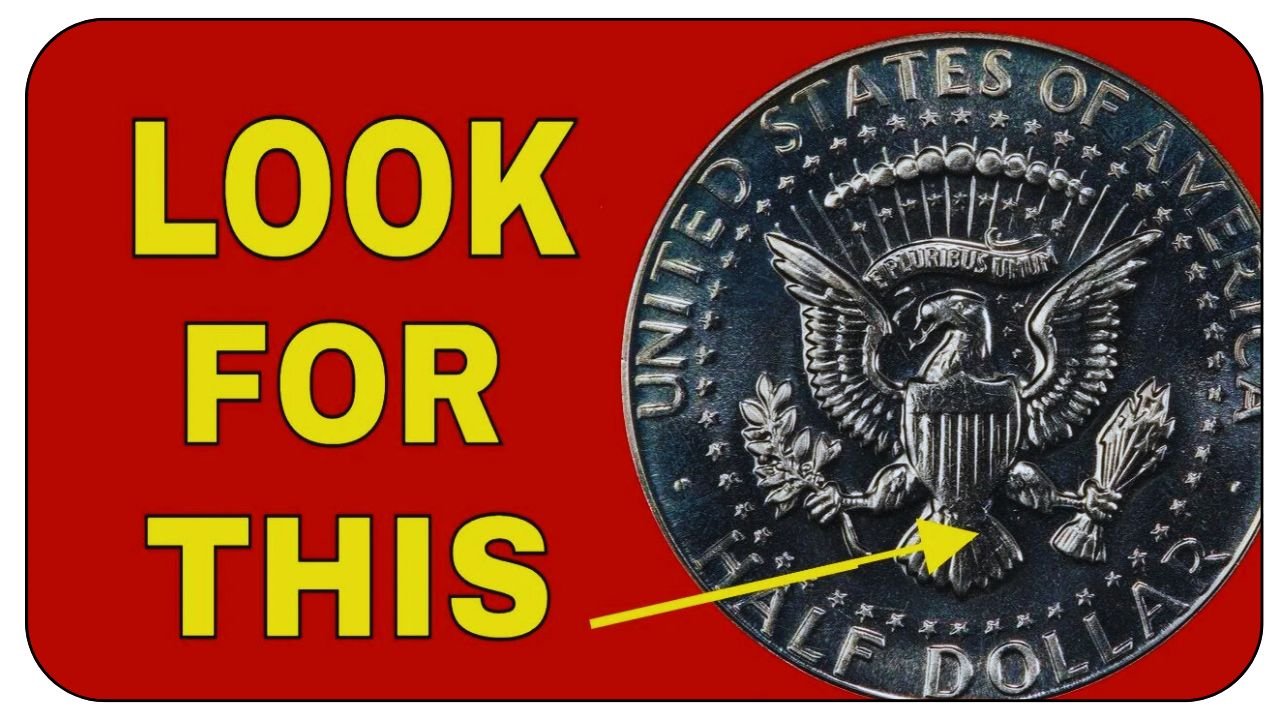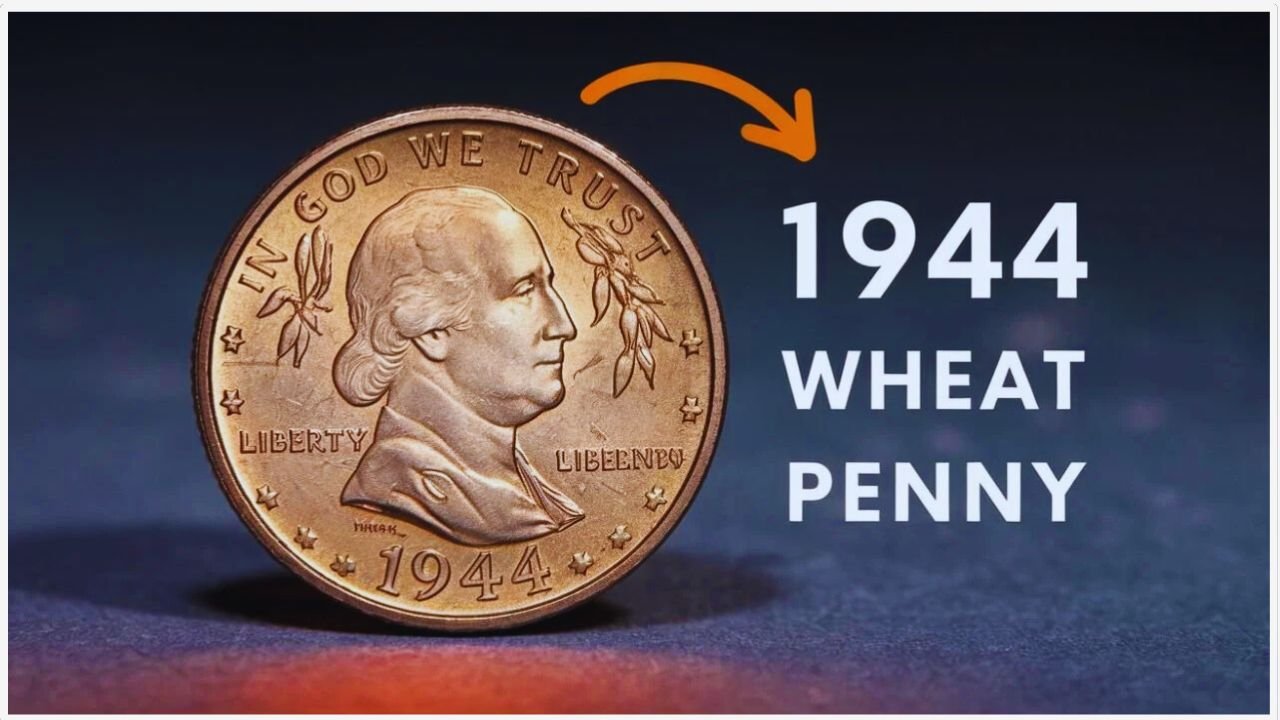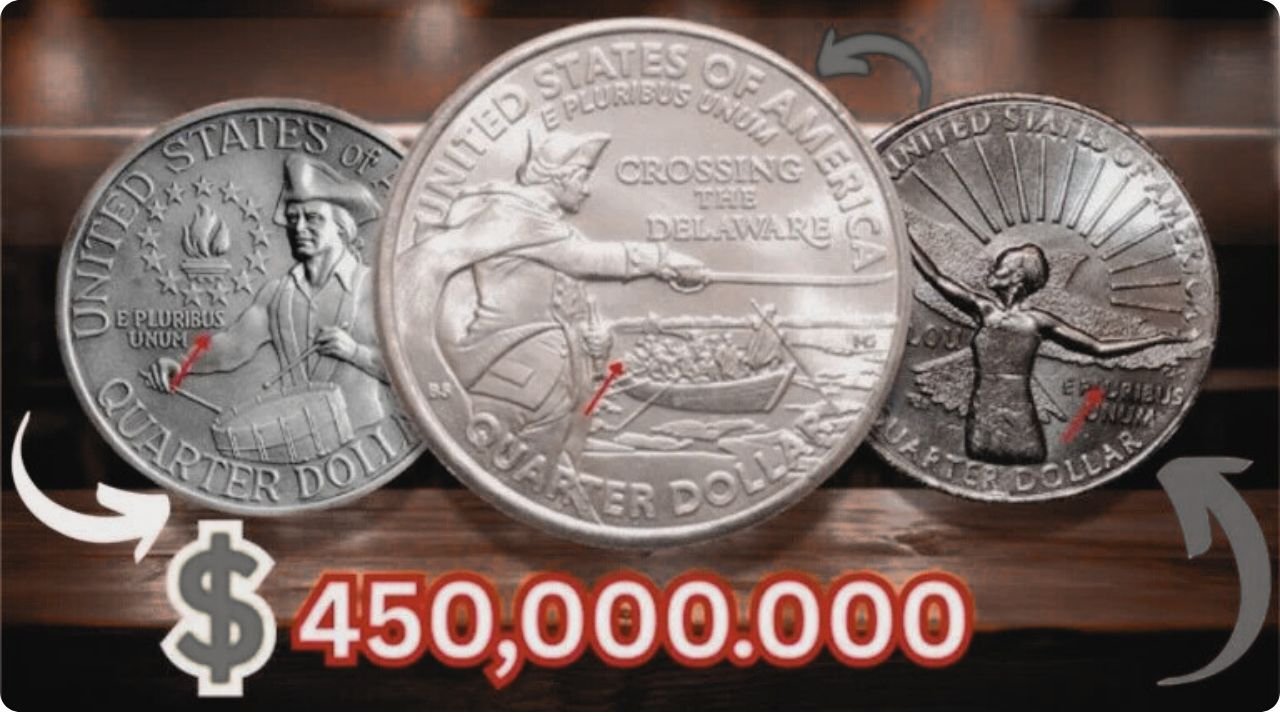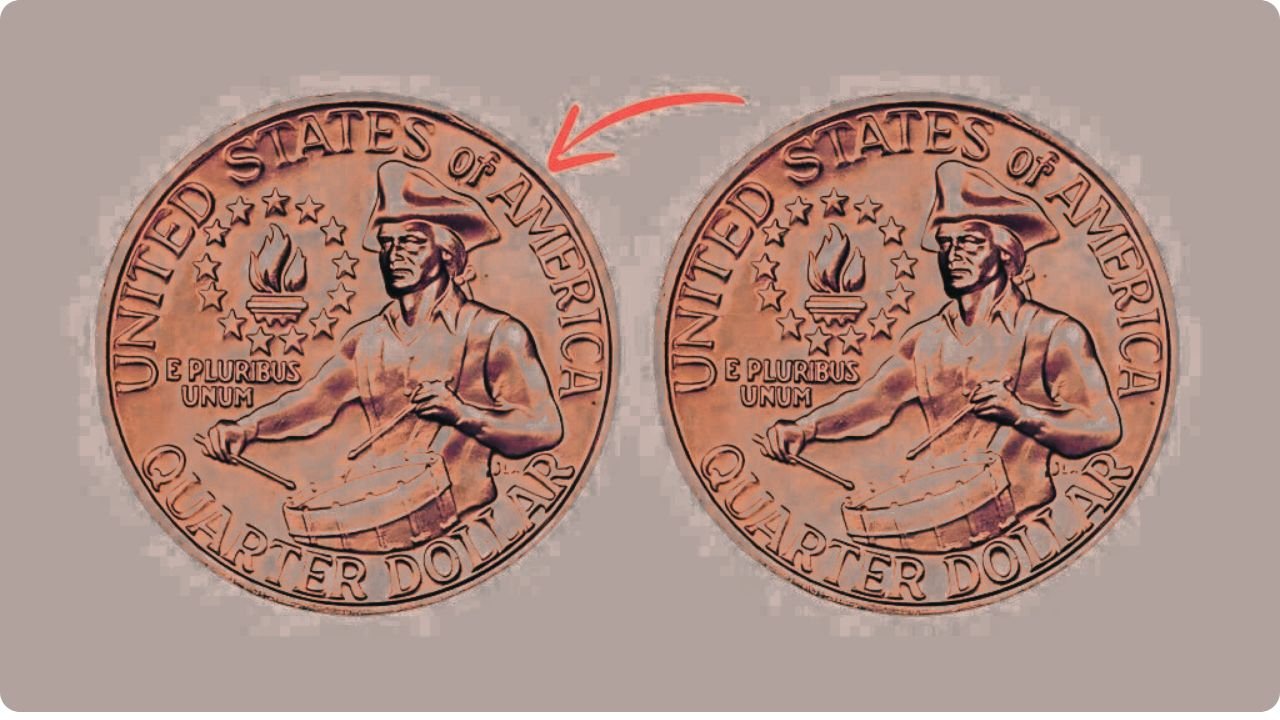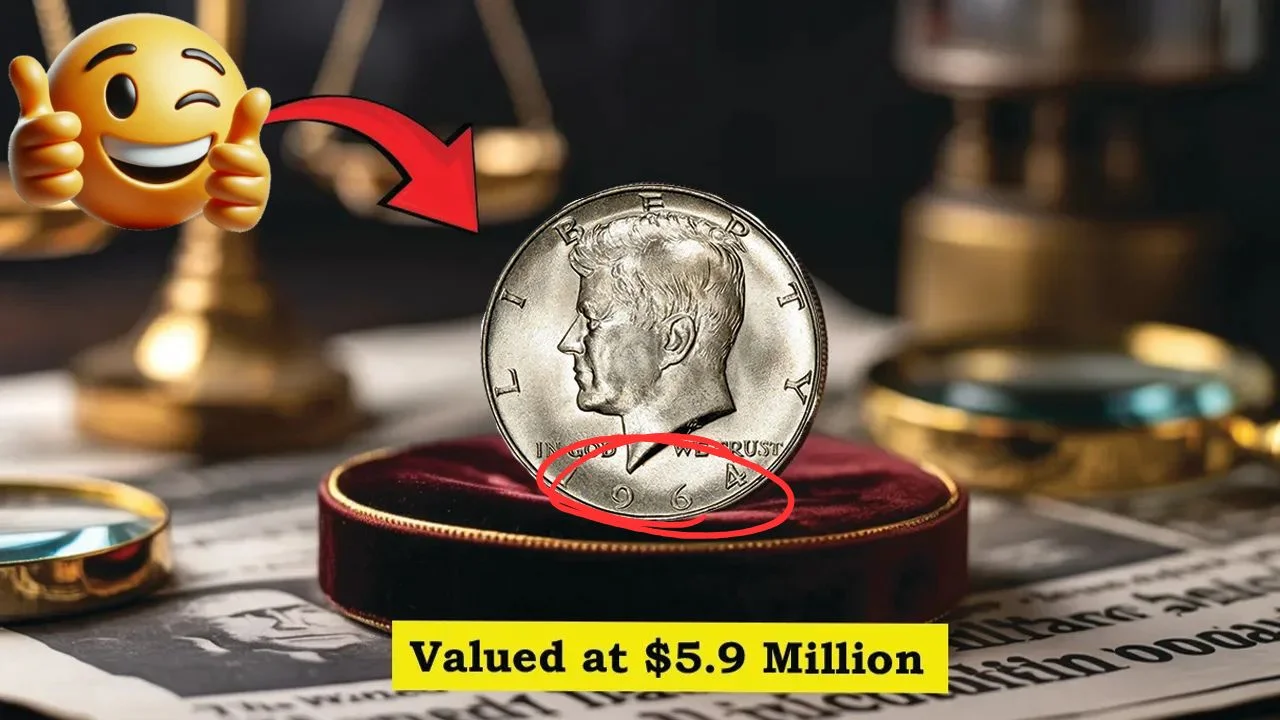Imagine getting a quarter back at the grocery store that could be worth a small fortune. In May 2025, a cashier in Florida, Lisa Carter, found a rare 1976 Bicentennial Quarter in her grocery change, which was later valued at an incredible $12,000. While these coins were minted in the billions, a handful of rare errors and special versions can be worth a significant amount of money. The idea of finding a valuable coin in daily circulation has sparked a new wave of coin hunting.
Table of Contents
A Coin of Patriotism and History
The Bicentennial Quarter was released in 1975 and 1976 to celebrate America’s 200th birthday. The design is a tribute to American history, featuring George Washington on the front with the dates “1776-1976,” and a colonial drummer boy on the back. These coins were minted in three locations: Philadelphia (no mint mark), Denver (“D” mint mark), and San Francisco (“S” mint mark). While most of the 1.6 billion quarters produced are only worth their face value, it’s the rare exceptions that get collectors excited.
A Lucky Find in a Florida Grocery Store
Lisa Carter’s discovery is a classic “lucky find” story. She noticed a shiny 1976-D quarter that looked a bit different from the others. It turned out to be a double-die obverse (DDO), a rare minting error where the letters on the front, particularly “LIBERTY,” appeared doubled. This particular coin was graded as MS66 by PCGS, a near-perfect condition, leading to its impressive $12,000 valuation. While claims of quarters being worth hundreds of millions are simply untrue, genuine errors and rare varieties can be extremely valuable. For example, a rare “No-S Proof” quarter, which is missing its San Francisco mint mark, once sold for $179,500.
also read:-Redmi Note 15 Pro 5G: A Mid-Range Beast with a 200MP Camera and 16GB of RAM
How to Spot a Rare Bicentennial Quarter
Want to check your own coins? Here’s what to look for:
- Dates and Mint Marks: The Bicentennial Quarter is easily identified by the “1776-1976” dates. The most valuable coins often have a “D” or “S” mint mark, or in some rare cases, a missing “S” on a proof coin.
- Check for Silver: Some San Francisco (“S” mint mark) quarters were minted with 40% silver. These coins are slightly heavier at 5.75 grams, compared to the standard copper-nickel quarters, which weigh 5.67 grams.
- Look for Errors: Use a magnifying glass to check for any doubling of the letters or dates, especially on “LIBERTY.” This is a key indicator of a double-die error.
- Handle with Care: If you think you’ve found a rare coin, do not attempt to clean it. Cleaning can drastically reduce its value. Instead, place it in a soft plastic holder and have it authenticated by a professional grading service like PCGS or NGC.
Lisa’s incredible find has inspired people across the country to check their change, old piggy banks, and coin jars. The thrill of finding a rare piece of American history and a potentially life-changing fortune is a game anyone can play.
| WhatsApp ग्रुप से जुड़ें |
| Join WhatsApp Group |

